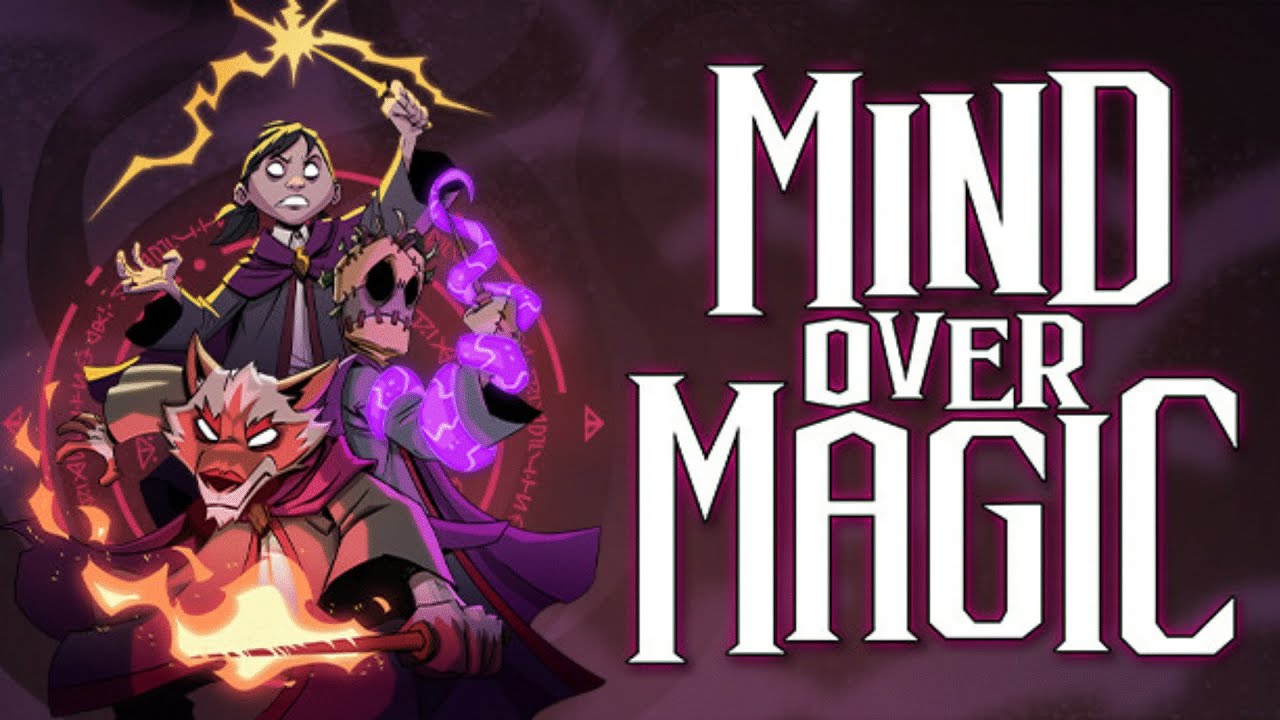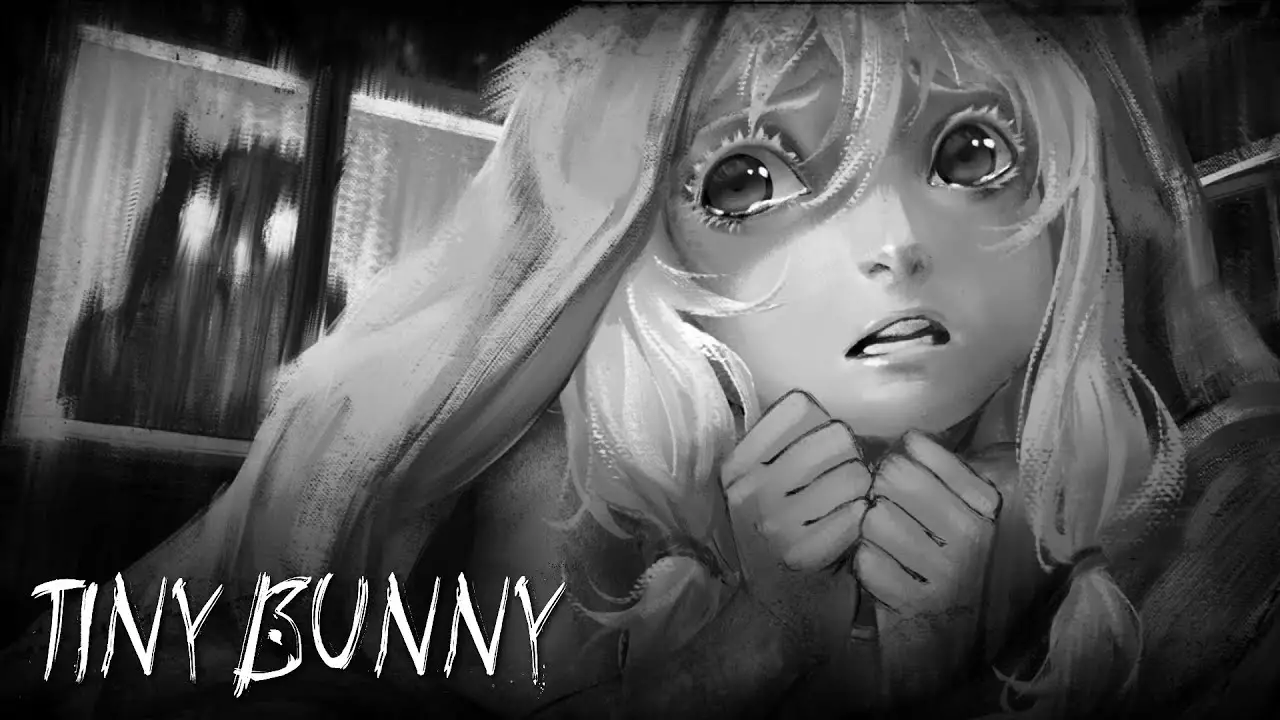In today’s fast-paced, technology-driven world, fostering creativity and imagination in our children has become more important than ever. As parents, we hold the key to unlocking their unlimited potential and shaping them into innovative thinkers.
But how can we nurture their creativity? How can we ignite their imaginations and inspire them to think outside the box?
In this article, we will explore a myriad of strategies that parents can employ to cultivate their children’s creative spirits. From providing the right resources to encouraging exploration and embracing new technologies, we’ll delve into practical ways to foster creativity and imagination in your little ones.
So, let’s embark on this exciting journey together and unlock the doors to boundless imagination!
Creativity As A Developable Skill, Not Innate Talent
Creativity is often mistakenly perceived as an inborn talent, but in reality, it is a skill that can be nurtured and developed. As parents, we have the power to help our children unlock their creative potential and cultivate their imagination.
By providing them with the right environment, resources, and support, we can foster creativity in our children from an early age.
Creativity’s Importance Beyond Artistic Expression
It is crucial to acknowledge that creativity is not limited to the realm of artistic expression. While art, music, and literature are often seen as the primary outlets for creativity, it is equally important in other areas such as science, math, and even social and emotional intelligence.
Creativity allows children to think outside the box, explore new possibilities, and find innovative solutions to problems. By nurturing their creativity, we are equipping our children with the tools they need to succeed in various aspects of life.
Impairment Of Creative Development Due To Changing Childhood Experiences
In recent years, childhood experiences have undergone significant changes that have had a detrimental effect on creative development. The rise of structured activities, busy schedules, and increased screen time has left little room for unstructured play and imagination.
As parents, it is important to recognize the impact of these changes and take active steps to counteract them. By creating an environment that promotes creativity, we can help our children overcome these barriers and tap into their innate imaginative abilities.
Strategies For Fostering Creativity In Children
There are several strategies that parents can employ to foster creativity and imagination in their children. These include:
-
Providing resources for creative expression: Stock up on art supplies, musical instruments, books, and other materials that encourage creative exploration. – Allowing unstructured playtime: Give your children the freedom to engage in unstructured play, where they can use their imagination and create their own narratives.
-
Creating a creative atmosphere at home: Surround your children with art, music, and other forms of creative expression to inspire and stimulate their creativity. – Encouraging mistakes and failure: Embrace the idea that mistakes are a natural part of the creative process and encourage your children to take risks and learn from their failures.
-
Celebrating innovation and creativity: Share your own passions for art, music, science, and other creative pursuits, and celebrate and encourage your children’s creative endeavors.
Encouraging Mistakes And Failure For Creative Thought
One of the biggest hurdles to creative thinking is the fear of failure.
When children are afraid of making mistakes, they become less willing to take risks and explore new ideas. As parents, it is crucial to create a safe and supportive environment where mistakes are seen as opportunities for growth and learning.
Encourage your children to embrace failure as a steppingstone towards creative thought and problem-solving.
Celebrating Innovation And Passion
To foster creativity in your children, it is important to celebrate and embrace innovation and passion. By sharing your own enthusiasm for art, music, science, or any other creative pursuit, you inspire your children to explore their own interests and develop their own passions.
Encourage them to dive deep into their interests, engage in activities that spark their curiosity, and explore the world with an open mind and a thirst for knowledge.
Embracing Technology For Exciting Change
In today’s digital age, technology plays a significant role in our lives. Rather than fearing it, embrace technology as a tool to foster creativity in your children.
Help them see change as something exciting and full of possibilities. Encourage them to explore new digital platforms, learn coding, or use multimedia tools for creative expression.
By embracing technology, you open up a whole new world of creative opportunities for your children.
Allowing Freedom And Exploration
To foster creativity and imagination, it is important to allow your children the freedom to explore their ideas and interests without being too bossy or directive. Give them the space and time to experiment, make discoveries, and develop their own unique creative voice.
Avoid being overbearing or overly concerned with the final outcome. Instead, focus on the process and the joy that comes from creative exploration.
Avoiding Fear And Constraint In Thinking
Fear and constraint can stifle creativity in children. Avoid imposing rigid rules and expectations on their creative endeavors.
Allow them to think outside the box, take risks, and challenge conventional ideas. Encourage them to question, to explore alternative viewpoints, and to develop their own unique perspectives.
By fostering a mindset that embraces freethinking, you empower your children to unleash their creative potential.
Encouraging Reading And Participation In The Arts
Reading and participating in the arts are powerful ways to foster creativity in children. Encourage your children to engage in reading for pleasure and to explore various forms of artistic expression.
Expose them to diverse artistic experiences, such as visiting museums, attending concerts, or participating in theater productions. These experiences will not only enhance their creative thinking but also broaden their horizons and enrich their understanding of the world.
Limiting Screen Time For Creativity
While technology can be a valuable tool for creativity, excessive screen time can also hinder the development of imaginative thinking. Set limits on screen time to ensure that your children have ample opportunities for unstructured play, creative exploration, and face-to-face interactions.
Encourage them to engage in activities that require active imagination, such as building with blocks, drawing, or playing make-believe.
Promoting Divergent Thought And Problem-Solving
To foster creativity, it is important to nurture divergent thought in your children. Divergent thinking is the ability to generate multiple solutions to a problem or to approach a task from various perspectives.
Encourage your children to think outside the box, explore different possibilities, and come up with innovative solutions. Provide them with open-ended challenges and encourage them to brainstorm and experiment with different ideas.
Rewards And Their Impact On Creative Quality
While rewards and praise can be motivating, they can also have an impact on the quality and flexibility of creative thought. Excessive focus on external rewards can stifle intrinsic motivation and the willingness to take risks.
Instead, focus on providing constructive feedback that supports positive creative growth. Recognize effort, perseverance, and the process of creation rather than solely focusing on the final product.
Development Of Intrinsic Motivation
Intrinsic motivation is essential for fostering creativity in children. Help your children develop intrinsic motivation by encouraging them to engage in creative activities that they are passionate about and intrinsically motivated to pursue.
Support their exploration of various creative outlets and allow them the autonomy to choose activities that align with their interests and spark their curiosity.
Emphasizing The Process And Asking Questions
When engaging in creative activities, it is important to emphasize the process rather than solely focusing on the final product. Encourage your children to reflect on their creative process, ask questions, and explore their thoughts, feelings, and intentions.
By asking open-ended questions, you provoke critical thinking and encourage deeper engagement with the creative process.
Healing Biases And Wounds Around Creativity
Creativity can be stifled by biases and wounds that hinder its development. As parents, it is crucial to recognize and heal these biases.
Avoid associating creativity solely with geniuses or labeling children as creative or not. Such labeling can limit their potential and create self-doubt.
Encourage a growth mindset, where children believe that their creative abilities can be improved through effort and practice.
Constructive Feedback For Creative Growth
Providing constructive feedback is essential for supporting positive creative growth in children. When offering feedback, focus on specific aspects of their work, highlight strengths, and offer suggestions for improvement.
By providing constructive criticism in a supportive and encouraging manner, you help your children develop their creative skills and foster a growth mindset.
Avoiding The Label Of “Creative”
Labels can be limiting and can hinder creative development. Avoid labeling your children as creative or not.
Instead, focus on fostering a mindset that embraces creativity and encourages exploration. By avoiding labels, you create an environment where your children feel free to take risks, explore their ideas, and develop their creative abilities without being constrained by expectations.
The Connection Of Kindness And Growth Mindset
Kindness and a growth mindset are interconnected with creativity. By cultivating a kind and supportive environment, you create a safe space for your children to take risks, make mistakes, and explore new ideas.
Kindness promotes a growth mindset by encouraging resilience and a willingness to learn from setbacks. By nurturing these qualities, you lay the foundation for a thriving creative spirit.
Reframing Setbacks As Learning Opportunities
Setbacks and failures are invaluable learning opportunities for creative growth. Teach your children to reframe setbacks as opportunities for learning and growth.
Help them understand that setbacks are an inherent part of the creative process and that they should not be discouraged by them. Instill resilience and a positive mindset, so they feel inspired to continue pushing boundaries and exploring new possibilities.
Strategies For Regaining Confidence
It is important to help your children regain confidence after experiencing setbacks or failures. Encourage them to embrace challenges and view setbacks as steppingstones towards success.
Teach them strategies for building their self-esteem, such as engaging in positive self-talk, setting realistic goals, and celebrating small wins. By building their confidence, you empower them to continue pursuing their creative endeavors.
Mindfulness Of Rewards And External Incentives
While rewards and external incentives can be motivating, it is important to be mindful of their impact on creativity. Excessive praise or the reliance on external rewards can diminish intrinsic interest and creativity.
Strive to create an intrinsic motivation by cultivating an environment where your children engage in creative activities for their own enjoyment, passion, and personal growth.
Identifying Valuable Insights In Micro-Moments
Creativity can be sparked in unexpected and fleeting micro-moments. Listen actively to your children’s thoughts, ideas, and observations.
Pay attention to those moments where their creative thinking shines through. Explore these micro-moments and use them as valuable insights for nurturing their creative abilities and offering additional support and resources.
Promoting Curiosity And New Experiences
Curiosity is a driving force behind creativity. Encourage your children to be curious, to explore new ideas, and to embrace new experiences.
Foster a sense of wonder and encourage them to ask questions and seek answers. Introduce novelty into their routines by visiting museums, cultural centers, and parks, and by exposing them to diverse cultures, art forms, and activities.
Motivating, Inspiring, And Teaching A Love Of Learning
To foster creativity, it is essential to motivate, inspire, and teach your children a love of learning. Be a role model and share your own passion for art, music, science, or any other creative pursuit.
Encourage them to explore further, to engage in continuous learning, and to never stop questioning. Instill a love for lifelong learning and provide them with the tools and resources they need to pursue their creative interests.
Allowing Exploration Without Fear Of Failure
To nurture creativity, it is crucial to create an environment where your children feel safe to explore new ideas without fear of failure. Encourage them to take risks, try new things, and embrace the unknown.
Foster a growth mindset that values effort and growth over perfection. By providing a supportive and nonjudgmental atmosphere, you empower your children to unleash their creative potential.
Vulnerability And Bravery In Sharing Creative Work
Putting creative work out into the world requires vulnerability and bravery. Encourage your children to share their creative work, whether it be through performing, displaying, or publishing.
Celebrate their willingness to share their ideas and creations, and provide constructive feedback and support. By fostering a sense of pride and confidence, you inspire them to continue developing their creative abilities.


